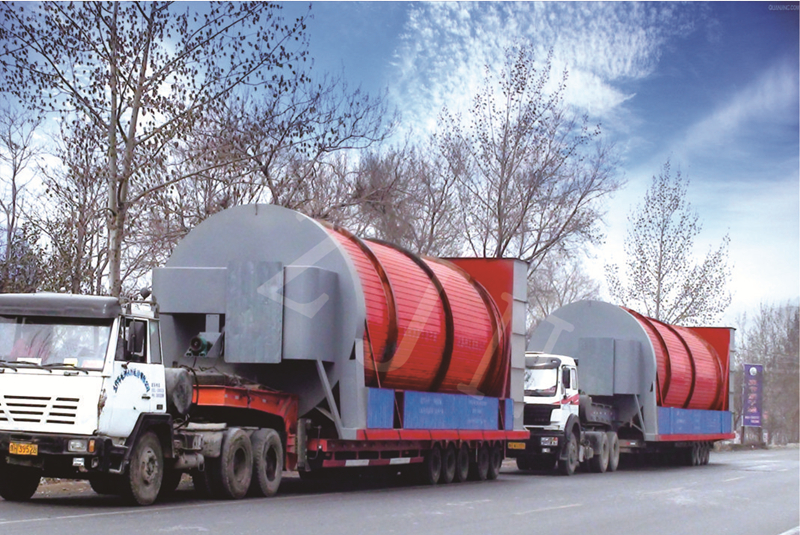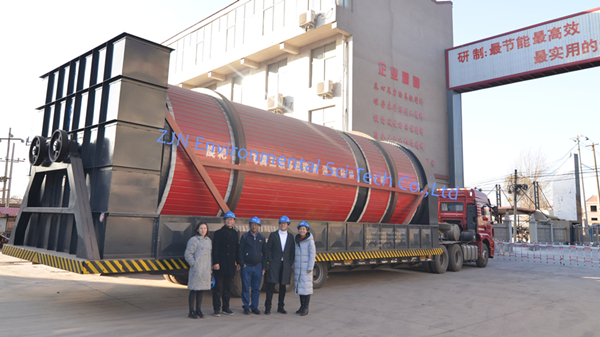With the continuous development of drying equipment industry in recent years, industrial sludge drying equipment can be seen in municipal, urban, living, electroplating, chemical, pharmaceutical, papermaking, printing and dyeing, textile, steel and other industrial production.
Due to the high content of organic matter in sludge, it is easy to rot and produce strong odor; In addition, the sludge also contains parasitic eggs, pathogenic microorganisms, heavy metals such as copper, zinc, chromium, mercury, and other toxic and harmful substances, such as salts, polychlorinated biphenyls, dioxins, radionuclides and other refractory toxic and harmful substances. If not properly treated, discharged arbitrarily, or soaked in rain, it will pollute the soil, rivers, lakes and groundwater. In addition, open-air stacking will also cause some damage to the soil. For example, some chemical components in the sludge can kill the microorganisms in the soil, destroy the soil structure, and make the soil lose its only ability. If the harmful substances in sludge are absorbed by vegetation, enter the food chain and then absorbed by human body, it will cause great harm to human body.

Therefore, the use of industrial sludge drying equipment for drying, not only can quickly evaporate the water in the sludge, but also keep the original nutrition cost in the sludge not to be lost as far as possible, but also can kill the parasitic eggs and pathogenic bacteria in the sludge, so as to make it sanitary. The volume of dried sludge is greatly reduced, which is convenient for subsequent transportation, storage and resource reuse of sludge.
The sludge dried by industrial sludge drying equipment can achieve reduction, volume reduction, stability and harmless treatment. The resource utilization of treated sludge is mainly reflected in the following aspects:
1. Sludge incineration treatment
The dried sludge can be directly incinerated, and incineration can effectively eliminate viruses and bacteria. However, incineration easily pollutes the atmosphere and pollutes the surrounding environment. If incineration treatment is to be adopted, the incineration environment should be strictly controlled.

2. Sludge composting
Sludge composting can effectively recover resources. However, due to the large difference of pollutants contained in some sludge, such as industrial sludge containing heavy metals, it is limited, whether investment or cycle is long.
3. Utilization of building materials
Because some of the sludge is similar to the building materials clay, the dried sludge or burned ash can be fired to make bricks, tiles, cement, ceramsite and other materials. Further improve the value of sludge recycling.
Copyright ©2022 by Jiaozuo ZJN Environmental Protection Equipment Technology Co., Ltd.